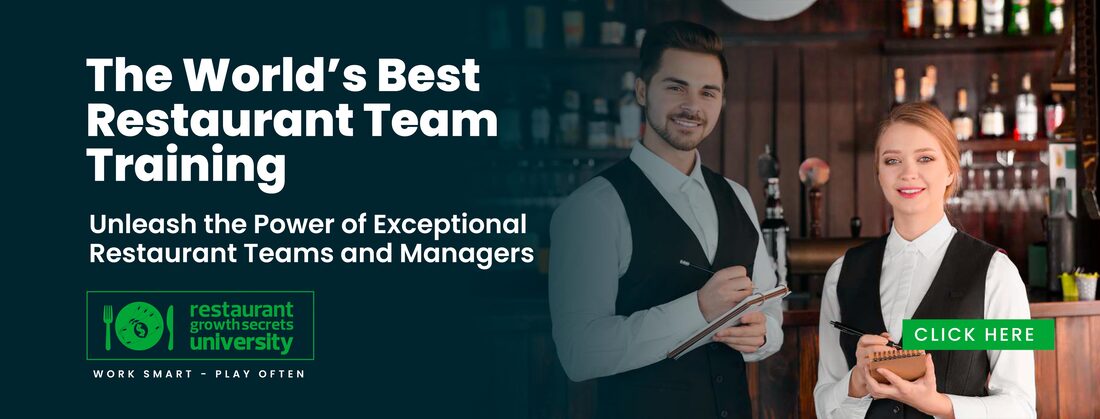|
It wasn’t that long ago in restaurant time that Chipotle suffered a major food safety crisis, but since then the brand has overhauled its marketing strategy to drive profitable volume growth and double its stock price. The Mexican grill, with more than 2,500 company owned restaurants, offers a menu filled with wholesome food with no artificial flavors, colors or preservatives. The restaurants have no freezers, microwaves or can openers. “We use more local produce than any other restaurant group and always responsibly source real food prepared with classic cooking techniques that we’ve made fresh every single day,” Chipotle CMO Chris Brandt said. “If you’re going to have food this good you want to show it to people.” That thought planted the seed for a new marketing playbook that would transform the way consumers understand and engage with the brand. One major change took place last year when Chipotle moved its headquarters to California, closing its New York and Denver offices. That offered a chance to reset its marketing department with a new team “I wanted agile and innovative marketers who looked at this changing world as an opportunity, not as a problem,” he said. “I really wanted people who generate ideas because ideas differentiate you. Ideas separate you. Ideas enable you to win.” Brandt personally interviewed every person on his team to ensure they have the right chemistry and that everybody passes what he calls the “Friday afternoon” conference room test. “In the unfortunate event that you have to go in a conference room on a Friday afternoon at four o’clock, are you happy to see a person there or are you sad? And I will tell you if you’re sad to see that person there you should not hire them, no matter what their qualifications are,” he said earlier this month at ANA Masters of Marketing Week. Embracing digital Chipotle also fully embraced digital growth to engage Gen Z and Millennials. “It’s clearly where the action is and one of the biggest things consumers want when we surveyed them was more access to the brand,” he said. Brandt doubled down on the digital budget with delivery capability through DoorDash in Chipotle’s app and pick up shelves in every restaurant so customers didn’t have to wait in line to pick up their orders. “Our operating model is so efficient that we can make the food really, really fast, getting order to delivery times of less than 30 minutes—which is incredible,” he said. “It’s a giant growth area for Chipotle.” A new tone “In the years since the crisis, the message for the brand was really heavily focused on what others don’t do as opposed to celebrating what Chipotle actually does. I wanted to have a much more positive tone. I wanted to have a lot more fun with the brand and I wanted to really engage with our consumers and we wanted to be more insightful and relevant in culture,” Brandt said. That new positive tone included the new tag line, “For Real,” which debuted last fall. “We needed a rallying cry for the brand with our customers, but also with our employees. We’ve got 75,000 employees out there, so we had to make them proud to wear that badge on their uniform,” he said. “And we wanted a tagline that few brands would dare say and fewer still could back up. The beauty of ‘For Real’ is that tagline is new, but it really harkens back to the principles the brand was founded on 26 years ago. We were off to a good start. But the job certainly wasn’t done,” he said. With the campaign, Chipotle worked to change consumer perceptions and retell the “real” story in new and different ways and to show up in places where consumers didn’t expect brands like Chipotle to appear. On the job training In his third week on the job, Brandt, who joined as CMO in April 2018, went to work in one of the restaurants. “I showed up at the restaurant at 7 a.m. and I was blown away because what I saw in the restaurant was whole heads of romaine lettuce, crates of whole peppers, bags of onions—whole ingredients. Then I saw the employees get to work cutting and chopping and cooking in that restaurant to make everything fresh for that day and I thought man, if we could show this to everybody they will love it,” he said. He immediately called Chipotle’s agency Venables Bell & Partners in San Francisco and scheduled a team to experience what he just had. The results were the global campaign launched in February, “Behind the Foil,” the most intimate look into the company’s operations in its history. The documentary-style digital and TV spots, shot by documentarian Errol Morris, aimed to “pull back the foil” by featuring behind-the-scenes footage of Chipotle restaurants, including its kitchens, equipment and prep routines, and featuring Chipotle employees and the farming partners that grow the brand’s real ingredients. This spot is titled “The Guac Smasher.” Supporting the campaign was a push to remind consumers that Chipotle uses only 51 ingredients, “all of which you can pronounce.” A massive billboard in New York City kicked off that part of the campaign and then the brand showed up at a very unexpected place—a spelling bee. “Nobody expects Chipotle to show up at the National Spelling Bee, but we had this insight that the only thing that’s hard to spell at Chipotle is Chipotle, but that’s not necessarily the case with our competitor ingredients,” Brandt said. Cultural Connection
Merging with current cultural moments helped Chipotle move forward. The brand had no involvement in February’s Super Bowl until Maroon 5’s Adam Levine took his shirt off during the half time show. A consumer posted on social that Levine without a shirt looked like one of Chipotle’s signature paper bags. “So we poured on the gas adding 170 million views,” he said. “We kind of won the Super Bowl without even participating.” In March, Chipolte launched a new loyalty program, Chipotle Rewards, reaching out to Venmo for a contest that used Venmo payouts to give away up to a quarter of a million dollars, to 25,000 Chipotle fans per day. Then in June, the NBA finals got underway. Chipotle, with no rights to the game, tweeted out that the first 500 people to use a special code could win a free burrito every time the announcer said the word “free” as in a free throw. “We got a billion impressions on this thing and a bunch of Twitter followers,” Brandt said. Another major piece to its comeback was menu innovation. In January, a collection of Lifestyle Bowls were introduced like Paleo Salad Bowl and Keto Salad Bowl available only for digital customers. The bowls were so successful that Chipotle followed up with “influencer bowls.” For example, the brand got in early with a Fortnite team and debuted a bowl after one of its streamers “because I felt like Fortnite single handedly lowered the GPAs of the entire nation,” he said. And there were other bowls and burritos tied to David Dilbert and World Cup soccer champs Julie Ertz, Lindsey Horan and Rose Lavelle. “We got real results,” he said. As all components of the turnaround began to gel, Chipotle’s work was paying off. “The category of restaurants in general runs about plus two or three on comp sales and traffic is flat to negative. It’s a tough business,” he said. “In Q4 we launched the ‘For Real’ campaign and saw comp sales up plus six and traffic up plus two and that was the first time Chipotle saw traffic up in two years for a quarter. Then in Q1 we were plus 10 and plus six. Q2 we were plus 10 and plus 7. The beauty of this growth is that it’s profitable volume growth because it’s really driven our earnings per share and that earnings per share has driven our stock price to more than double over the last year or so.” According to The Motley Fool, Chipotle has more than tripled its share price since bottoming in early 2018. “The numbers are amazing,” Brandt said. 8 Referral Marketing Statistics That Will Change How You Think About This Strategy [Infographic]10/26/2019 Most of us – as marketers and consumers ourselves – inherently understand the value of referrals. As professionals, we’ve read the referral marketing statistics and have seen it work for companies large and small. In our personal lives, when we make a big purchase, we seek out reviews or ping our networks for recommendations. While you may see referral marketing work for successful companies like Uber and Airbnb, it’s understandable that you might question if it can be achieved by your brand. You might also be wondering if your unique audience would be interested, or engaged, in your referral program. Here’s the short answer: No matter the industry, successful referral programs generate a natural network effect. As you acquire more referred customers, an abnormally high proportion of them will convert into new ambassadors. Those ambassadors will then draw in new customers, and the cycle will start all over again. A brand is no longer what we tell the consumer it is. It is what consumers tell each other it is. -Scott Cook, co-founder, Intuit Need more proof on why referral marketing should be a critical component of your strategy? We thought you might! Which is why we set out to answer a few key questions: – How influential is word-of-mouth in their purchasing decisions? – Which channels do they rely on most for recommendations? – How (if at all) do people want to be compensated for providing referrals? What was the verdict? Let’s just say that even we were surprised by some of the results. To get the full picture, check out our infographic below. At its core, referral marketing doesn’t have to be overly complex. In fact, getting started is as simple as putting yourself in your customer’s shoes. Ask these questions:
– Would you recommend your company’s products to others? – Where and how would you do it? – What incentives would motivate you to increase your referral activity? – What barriers would keep you from doing it? Why is a Fall Seasonal Marketing Strategy Important?
Seasonal marketing is more important than ever before. A well crafted Fall seasonal marketing strategy helps humanize your brand and connects you with customers in a more meaningful way. Seasonality affects everyone’s life, regardless of locale or demographic. It affects the clothes we wear, the food we eat, and how we spend our time. Fall Seasonal Marketing Fall tends to be thought of as a time of change – and that change brings around endless opportunities for marketing. Virtually every type of business can benefit from a fall seasonal marketing strategy. Autumn is a time of year when everyone can find something to enjoy. If you’re the outdoorsy type, most people can brave the outdoors without a parka. Prefer the great indoors? All the more reason to stay inside, bake, craft, and relax. Halloween Consumers spend a huge amount of money each year on Halloween. In 2017, the NRF valued the holiday at $9.1 billion. Halloween is one of those rare holidays that’s driven by pure, unadulterated fun. This gives your brand a chance to let loose and embrace the occasion. Scaring Up Engagement with Gamification Need another reason to get excited about Halloween? Nearly 80% of Americans celebrate the holiday in some way. Getting customers involved with on-site gamification is a great way to piggyback on Halloween’s playful nature. Need a push in the right direction? Consider gamifying minimums on free shipping offers already available on-site. Creating an experience around gamified minimum order values or free shipping thresholds gets users involved the moment they start shopping. Each time customers add an item or “treat” to their bag, they get closer to the cart value threshold. When the shopper meets the minimum, display a message similar to “No Tricks, Just a Treat! You’ve Qualified for Free Shipping!” This strategy is an easy means of integrating gamification alongside an offer that is already available to shoppers. Black Friday/Cyber Monday According to the National Retail Federation, shopping in the month leading up to the major gift-giving holidays accounts for about 30% of annual revenue. For that reason, best-of-year deals and promotions are par for the course. Progressive Remarketing Campaigns One important aspect of Black Friday/Cyber Monday preparation is a carefully crafted remarketing strategy. Remarketing is a fantastic tool for continuing the conversation and recovering sales. Large purchases like video game consoles, bicycles, and electronics are popular during this time of year, but often require customer consideration. Since virtually every retailer is vying for consumer attention, remarketing keeps your brand top of mind and reignites interest in your products. Progressive remarketing campaigns follow a three-pronged approach. The first message reminds shoppers of their relationship with you, what they left behind, and why they should come back. For customers that simply became distracted, this first touch can be very effective. For users that do not convert with one email, a second with a small incentive can get them to return and purchase. If users still do not convert after two touches, combining an incentive with urgency in a final email can offer one last push toward conversion. Post-Holiday Shopping The day after Christmas is one of the largest shopping days of the year. This is partially because stores are working hard to clear excess merchandise with end-of-season sales and clearance deals. Additionally, customers are returning gifts that didn’t quite hit the mark, meaning lots of store credit. That, combined with the increasing popularity of gift cards means that people are looking to do some serious shopping in the days following the holidays. SMS Alerts Mobile messages consistently achieve open rates of 90%+. Leveraging the power of SMS means you can keep shoppers informed about new arrivals, discounts, and promotions. Additionally, it allows you to connect with customers in a more personalized way. SMS allows for quick communication, making it perfect for real-time updates on clearance products, markdowns, and end-of season offers. Including a short link to popular sale items is a great way to lead shoppers directly to purchase. Of course, make sure they can opt-out at any time, as compliance is key in any successful marketing campaign
AST EARL, Pa. (WSBT) — A restaurant in Pennsylvania is going viral for a very realistic and delicious-looking deer cake. Shady Maple Smorgasbord posted the photo of the gigantic cake on Facebook that has since gotten over 800 comments and over 5000 shares: The restaurant says a bride and groom brought in antlers and requested a deluxe dessert for their wedding day, and boy did they get one! It took Cake Decorating Supervisor Pam McNeal over 10 hours to make.
We're told the deer's head and neck were carved from Styrofoam, and the back part of the animal is all cake, enough to feed 250 people. The couple's wedding was this past Saturday -- we wish you two all the best! Promoting your restaurant with Facebook and Instagram ads is a surefire way to acquire new customers. But with millions of restaurants vying for attention, how can you guarantee your restaurant stands out? Restaurants have to be promoting themselves with targeted and beautifully designed, paid Facebook and Instagram ads, particularly in tight markets like the New York metro area, where the crowded restaurant scene is highly competitive. Organic Reach If you have a Facebook page and an Instagram account for your restaurant (and why wouldn’t you?), you might be disappointed in the reach and engagement of your posts. Organic reach for posts on Facebook pages is dismal. By some estimates, just 2% of a restaurant’s fan base will see its unpaid posts. The best way to make sure that your content reaches as many people as possible is with a paid promotion. Boosting Your Post Most restaurants know how to boost a post, mainly because Facebook is constantly suggesting it. But simply boosting a post is Facebook basic advertising 101. There’s little to no strategy behind what you’re doing and the post you’re boosting may not be very effective. You are far better off planning an ad campaign and creating it in the Ads Manager. Video ads perform much better than static image ads for restaurants. There are several different formats for ad campaigns, but we’ve found video is important for restaurants because it gives them a chance to showcase several offerings in an engaging format. You can choose to run the ad both on Facebook and Instagram—simultaneously or separately. We often find that Facebook aims your ads almost exclusively to Facebook users and therefore the ad is hardly delivered on Instagram. So, you may want to consider running two separate campaigns—one on each platform. Targeting
When you run an ad on Facebook, the platform gives you the ability to select your own audience. We always recommend selecting your own ‘custom audience’ over targeting people who have liked your page because it is cheaper, and you know exactly who and where you are targeting. Audience targeting on Facebook and Instagram can get incredibly precise. In general, it’s safe to say that a restaurant should be targeting its ad campaigns around a geographic radius based on the restaurant’s location. Since our goal is to cultivate “regular customers” for our clients, we stick to a fairly close area, usually 3 to 10 miles depending on how densely populated their area is. Depending on the demographics of your customer base, you might also want to target by age or personal interests such as healthy eating, wine, fine dining, craft beer, etc. If you’ve never run Facebook or Instagram ad campaigns before, keep your audience fairly broad at first and let Facebook do its magic. Facebook will detect which audience segments are engaging more with your ad and will start filtering more of your budget toward that population. It’s an excellent way of gathering intel on who your actual target market is, which you can use for later campaigns. Thinking It Through The types of ads you use will depend on your objectives as a restaurant owner. We feel strongly that “Click to your website” is the appropriate objective for restaurants. People who take action by following a link to your website to view your menu have more serious intentions than someone who is simply “liking” a photo. If they care enough to visit your website, capitalize on their visit! Is there an offer you can make in exchange for their email address? To help you judge whether your ad campaign is performing well, Facebook offers many metrics in its reporting. Some of the most important things to look at are the number of link clicks and impressions, as well as the Cost Per Click (CPC) and Cost Per Thousand Ad Views (CPM). You want to keep both CPC and CPM as low as possible. Recently, we ran a campaign for a newly renovated restaurant whose owners wanted to get the word out about all the changes in both decor and menu. We ran video ad campaigns on both Instagram and Facebook within a seven-mile radius. The total budget for the month was $350. We ultimately drove 1,400 people to their website for .25 per click. Our CPM was under $8.00. Total for all clicks was over 4,000. That means likes, shares, comments and tagging friends. Where else can you get that kind of bang for your advertising buck? Picture This Image quality is an important, yet often overlooked element of any ad campaign. Quality and professionalism really matter in the restaurant industry. While it’s certainly possible to take incredible images with an iPhone, if you don’t think you’re up to the task, you need to commit to finding a photographer who can capture appetizing images and videos of your best menu items. If you would like more information about how to acquire diners with Facebook and Instagram ads, then reach out to our team at Market to Foodies. We specialize in restaurant marketing for the digital age. Investors have been very upbeat about PepsiCo's (NASDAQ:PEP) prospects this year, as the company invests in areas to accelerate sales growth and position itself for sustainable long-term returns. The stock is up 28% so far in 2019 and the latest results seem to have met the already high expectations investors have for the snack-food giant. Let's look at a few highlights from the fiscal third-quarter earnings report that has investors so optimistic. Revenue growth
Starting with the top line, organic (non-GAAP) revenue increased by 4.3% year over year. This is slightly below the year-ago quarter's 4.9% increase, but it's still impressive for this global brand powerhouse to post more than 4% growth on top of the strong results in last year's third quarter. Year to date, Pepsi's organic revenue is up 4.6%, which is better than the 3.4% growth reported for the same period this time last year. Core earnings per share (EPS) on a constant-currency basis were down 1% year over year for the quarter and down 0.5% year to date. However, core EPS of $1.56 beat analysts' estimates by $0.06 per share. Explaining the backdrop for the strong results, PepsiCo CEO Ramon Laguarta said, "We are making good progress against our strategic priorities and our businesses are performing well as we continue to make the necessary investments in our capabilities, brands, manufacturing and go-to-market capacity to propel our future growth." Investments paying off The stock continues to soar despite the lower earnings because investors understand that the investments in marketing and additional capacity are putting the company's brands on offense against competitors. Marketing expense is up 12% year to date and is being directed toward Pepsi's most important brands and geographies. The Frito-Lay business, which comprises the company's snack food brands in the U.S. and Canada, saw organic revenue increase by 5.5%, enough to gain market share in the quarter. Management noted strong growth in core brands, such as Doritos, Cheetos, Ruffles, and Fritos. Smaller premium brands, including Bare and Off the Beaten Path saw double-digit revenue growth. The most impressive aspect of these results was the balanced performance across all channels -- grocery, mass, club, convenience, foodservice, and e-commerce -- which is not an easy thing to accomplish given the complexity of managing dozens of brands across different sales channels, especially with competitors trying to grow sales, too. The North American beverage business saw an acceleration last quarter, improving from organic revenue growth of 2.5% in the fiscal second quarter to 3% in the third quarter. Management is especially pleased with the performance of Gatorade, which gained market share. Gatorade Zero has been a very successful new innovation, exceeding $500 million in retail sales since launching last year. Pepsi is making investments internationally to drive higher per-capita spending and increase market share, and the results show the efforts are paying off. Organic revenue from developing and emerging markets increased by 7% year over year, including double-digit growth in Mexico, Saudi Arabia, China, Turkey, and Pakistan. Laguarta's comments during the fiscal third-quarter conference call suggest that Pepsi may still have a few more gears to shift into to accelerate sales growth: We're invested to increase the capacity and reach of our go-to-market systems with substantial investments in new routes, merchandising racks and coolers, and we're investing in additional manufacturing capacity to remove bottlenecks and expand growth capacity for our brands. These include investments in new plants, new lines and added distribution infrastructure. Pepsico is also investing in technology, highlighted by the strength in the company's digital sales capabilities. E-commerce is on pace to generate nearly $2 billion in revenue this year. Upbeat outlook Management put the cherry on top for the quarter by raising sales expectations for the year. The company now expects to meet or exceed 4% organic revenue growth for the full year. Core EPS should be down 1% in 2019, but free cash flow is expected to be approximately $5 billion. The company plans to return $8 billion to shareholders through dividends and share repurchases. On the surface, that looks unsustainable, since a business can't continue to distribute more than it brings in year after year. But investors should look at the excess return as a vote of confidence from management in the long-term expectation that free cash flow and net income will move higher. Influencer marketing is among the most popular methods of growing a business through the social media platform. Influencers have the eyes and ears of hundreds of thousands (and in some cases, millions) of individuals. Their status, reach and willingness to work with businesses makes them a perfect asset for marketing. But some companies have yet to realize how impactful influencers can be and are reluctant to tap into this form of marketing. Below, 11 members of Forbes Coaches Council share some crucial advice for businesses who are interested in developing a business relationship with influencers but don't know how to get the ball rolling. 1. Get To Know The Influencer
Take the time to research the influencer and investigate whether your business is really a fit for their audience, before you reach out. Get to know the influencer and understand why people follow that person, then align your pitch to that. Your pitch will be more personalized and effective, and then, when it's a genuine fit, it will make your influencer more excited to offer you to their audience. - Natalie Ehmka, Natalie Ehmka Coaching & Consulting 2. Confirm Value Alignment First Influencers create amazing buzz around products, services and even brands, but before partnering up, make sure your values align first. Do your research, get referrals and see their work firsthand! It's scary to attach your brand to someone else's, as so much can go wrong. But, if done properly, so much can go right! Ensure proper vetting before taking the leap. - Miranda VonFricken, Miranda VonFricken Mastermind Coaching 3. Make Authentic Contact Research the influencer to discover a recent piece of content they published that you can comment on or purchase their products. When you make contact, you have a better chance of being remembered. Rather than only asking, start off giving. Give them an interview slot on your podcast to promote their product or service and consider amplifying the interview with a press and media release that you promote. - Mike Saunders, MBA, Marketing Huddle, LLC 4. Begin With A Win-Win Begin with the end in mind. Reciprocity is always a win-win. When reaching out to a marketing influencer, be sure to know about their specific expertise before trying to connect. When you do reach out, be sure to emphasize how collaboration with your business will be a benefit to their bottom line. Authentic connection is most rewarding when all parties benefit from the collaboration. - Dr. Melissa Weathersby, 5-Star Empowerment 5. Build Trust With An Agreement A marketing influencer contract establishes a foundation to empower and motivate influencers to achieve success in key target markets and help convert the people into loyal customers. Agreed-upon terms will ensure proper management and execution of commitment and results, enabling high consumer loyalty and trust for the company's brand, products and services. - Lori Harris, Harris Whitesell Consulting 6. Articulate Both Value Propositions You may be able to recruit a few influencers who owe you a favor. But to be truly successful in influencer marketing, there needs to be a quid pro quo. You need to be clear about the value that you will bring to the influencer, as well as the value that you will bring to those with whom they connect you. Be prepared to clearly articulate both value propositions. - Brian Gorman, TransformingLives.Coach 7. Set Clear Goals Set clear goals and be ready for a long haul to achieve the best results. The questions to ask are, do you want to boost your product sales, gain exposure for your services, position your brand as an industry leader, establish credibility or something else. Next, determine the influencers in your niche that you align with, begin with giving, build a relationship and then reach out with a simple ask. - Divya Parekh, DP Group 8. Make It About Them The No. 1 thing you must do is your research on the influencer you want to collaborate with. What is meaningful to them? Make it about them and give before you ask. Engage with their content. Be specific and acknowledge what you love about their work. Offer to make an intro, or give a tip. Serve them. When you lead with a give and don't see the person as being above you, you'll get their attention! - Christina Jandali, Deliver Your Genius 9. Prepare A Package If you are going to reach out to influencers, you must make it easy for them to get money and promote you. Put together a package with your sales copy, videos and pics for them to copy and paste as posts. The easier you make it, the more likely they are to promote your product. - Ryan Stewman, Break Free Academy 10. Look For A Long-Term Partner, Not A Quick Fix I believe that a business and its influencer(s) need to have similar values, target groups and goals in order to succeed. So, have an honest conversation about your expectations, your "why," deliverables on both sides and interests. See how you can help each other. Make it a fair deal. Give your best to build the foundations for a long-term partnership rather than looking for a quick, cheap fix. - Dr. Natalia Wiechowski, Think Natalia 11. Collide And Meld Beginning an influencer-brand relationship is grounded in identifying commonalities between the two. How can the brand and influencer collide and meld the approach to lifestyle, aesthetics and target audiences? The answer can be found by first researching the influencer's current social and commercial attractiveness. The interview process provides the opportunity to confirm the fit. - Deborah Hightower, Deborah Hightower, Inc. RTB. DMP. DSP. SSP. It might seem like Greek at first, but programmatic marketing and its terminology aren’t all that complex. And this strategy can be one of the most efficient and profitable for your marketing budget. If you’re not already using programmatic advertising, you’re missing out on a more intelligent way to reach your target audience. In fact, over 80% of all digital ad spend in the U.S. is programmatic, and it’s expected to increase to $66 billion by next year. From basic definition to tips for success, this post has all the essential programmatic marketing information you need to know.
Programmatic marketing defined Basically, programmatic marketing is the use of software to buy digital ad space. This strategy uses data to determine which ads to buy and for how much money, often in real time. Programmatic systems continually coordinate to target individuals based on what they are most likely to engage with and at a time they’re likely to do just that. Largely automated, programmatic buying does rely on algorithms and technology to buy the advertising. However, even the best technology is futile if your messaging is irrelevant or poorly crafted. With programmatic marketing, the time saved on cumbersome manual bidding opens marketers up for more sophisticated ad campaigns and strategic optimization, which ultimately improves bidding algorithm performance. The two types of programmatic advertising Real time bidding (RTB) Real time bidding (RTB) is the most popular type of programmatic marketing. It involves the purchase of ads through real-time auctions on a per-impression basis. The four necessary components to RTB are the publisher, a supply-side platform, a demand-side platform, and an advertiser. The process for this system takes mere seconds to complete and begins when an internet user clicks on a webpage. The publisher of the page then puts the ad impression up for auction. Finally, the advertiser with the highest bid (automated) wins the display. Programmatic direct This type of marketing is a bit closer to traditional media buying. It is the use of programmatic software to directly buy a guaranteed number of impressions in advance from specific publisher sites. Though programmatic direct is less common than RTB, publishers sometimes reserve their most valuable space for these direct deals with top-tier advertisers. Programmatic direct is also a desirable option for buyers who are planning campaigns that they want to ensure the right placements and prices for in advance. Some important terms to be familiar with: Data management platform (DMP) – used by marketers, agencies, and publishers to handle and merge data. Demand-side platform (DSP) – offers advertisers the ability to launch and manage online ad campaigns on an open exchange as well as use DMPs. Supply-side platform (SSP) – used by publishers to connect their inventory to DSPs and ad networks and sell advertising at the most advantageous rates using RTB. (Check out Unruly’s programmatic glossary of other related terms.) How it works Media agencies are the most popular method of buying programmatic advertising. In an Econsultancy survey, 43% of respondents reported using an entirely agency-run programmatic trading model. When choosing a provider, it is important to evaluate the company’s technology, expertise, inventory and data. Once a provider is selected, you will supply them information about your campaign and key performance indicators. From this information, an algorithm is created. This algorithm determines where your money is best spent because it uses real-time, first- and third-party data to identify consumers by their behaviors, interests, devices, geography, time of day and even weather. These personal insights allow you to reach a very specific demographic at an ideal time and location, even on an impression-by-impression basis. The programmatic system launches your campaign and monitors your spending for improvement opportunities. Tips for success
What to watch for Because programmatic relies on algorithms, advertisers and publishers have limited control. Ads can sometimes appear where you might not want them. To protect your brand image, a blacklist – or even a whitelist – can narrow the field of sites and ensure that ads land in appropriate spaces. Additionally, strengthen your provider contract with specificity to protect your interests. Clarify the stability of tech fees, visibility into purchased media and distribution of impressions, control over your advertising and access to data, even in the instance of a hypothetical supplier switch. You will want to follow up to make sure your purchased impressions were delivered as well. Also, keep in mind that agencies have relationships with publishers, which can create bias toward those publishers when it comes to your advertising. Lastly, it’s important to be wary of bot fraud too, which costs digital advertisers billions annually. You’re all set! Armed with basic programmatic marketing understanding, you are ready to set goals and start new campaigns. The days of tedious, reservation-based orders with 40+ steps will just be part of your history as you evolve away from expensive, unreliable practices. Streamline your ad-buying process by embracing the programmatic marketing approach, and the rewards will be obvious, from increased flexibility to expanded publisher access to higher ROI. Ultimately, it will bring you closer to delivering the right message, to the right person, at just the right time. |
Marcus Guiliano
Catch up on my current posts along with industry articles Archives
March 2020
Categories |
Marcus Guiliano Productions LTD
PO Box 731
Ellenville NY 12428
(845) 647-3000
www.MarcusGuiliano.com
Disclaimer
This site is not a part of the Facebook website or Facebook Inc. Additionally, This site is
NOT endorsed by Facebook in any way. FACEBOOK is a trademark of FACEBOOK, Inc.
DISCLAIMER: The sales figures stated above are my personal sales figures. Please understand my results are not typical, I’m not implying you’ll duplicate them (or do anything for that matter). I have the benefit of practicing direct response marketing and advertising since 2009, and have an established following as a result. The average person who buys any "how to" information gets little to no results. I’m using these references for example purposes only. Your results will vary and depend on many factors …including but not limited to your background, experience, and work ethic. All business entails risk as well as massive and consistent effort and action. If you're not willing to accept that, please DO NOT GET OUR INFORMATION.
This site is not a part of the Facebook website or Facebook Inc. Additionally, This site is
NOT endorsed by Facebook in any way. FACEBOOK is a trademark of FACEBOOK, Inc.
DISCLAIMER: The sales figures stated above are my personal sales figures. Please understand my results are not typical, I’m not implying you’ll duplicate them (or do anything for that matter). I have the benefit of practicing direct response marketing and advertising since 2009, and have an established following as a result. The average person who buys any "how to" information gets little to no results. I’m using these references for example purposes only. Your results will vary and depend on many factors …including but not limited to your background, experience, and work ethic. All business entails risk as well as massive and consistent effort and action. If you're not willing to accept that, please DO NOT GET OUR INFORMATION.


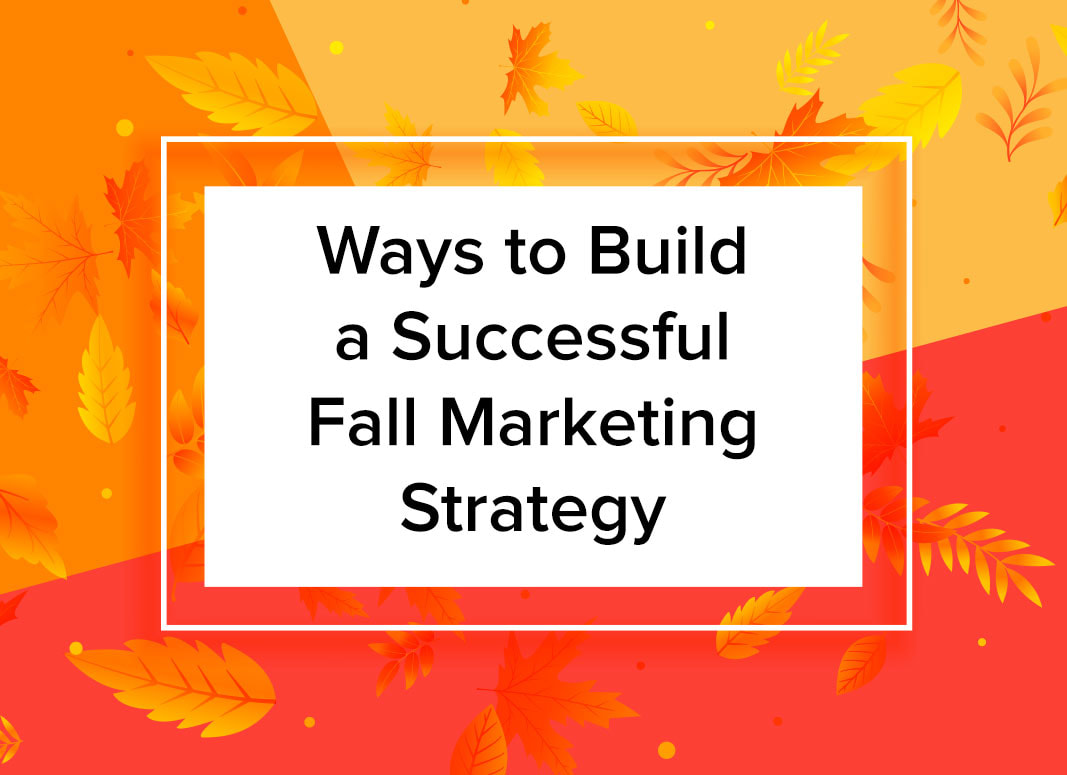
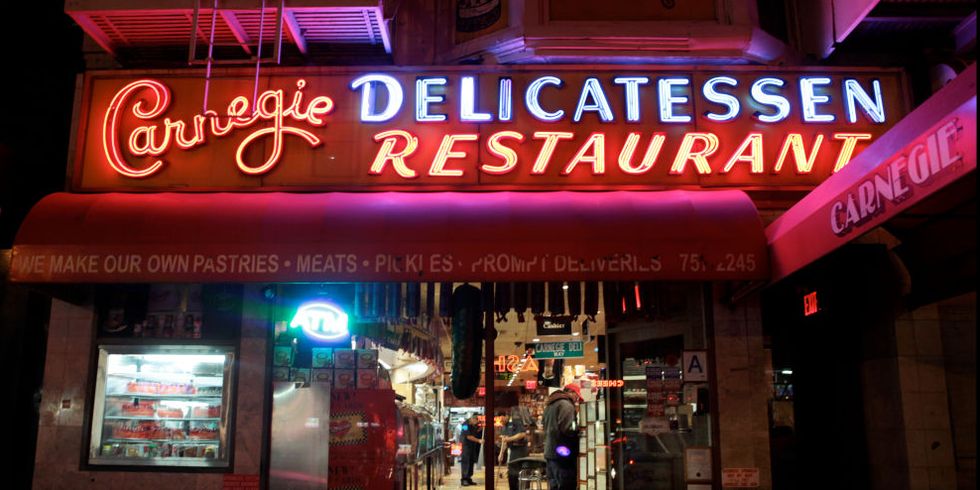
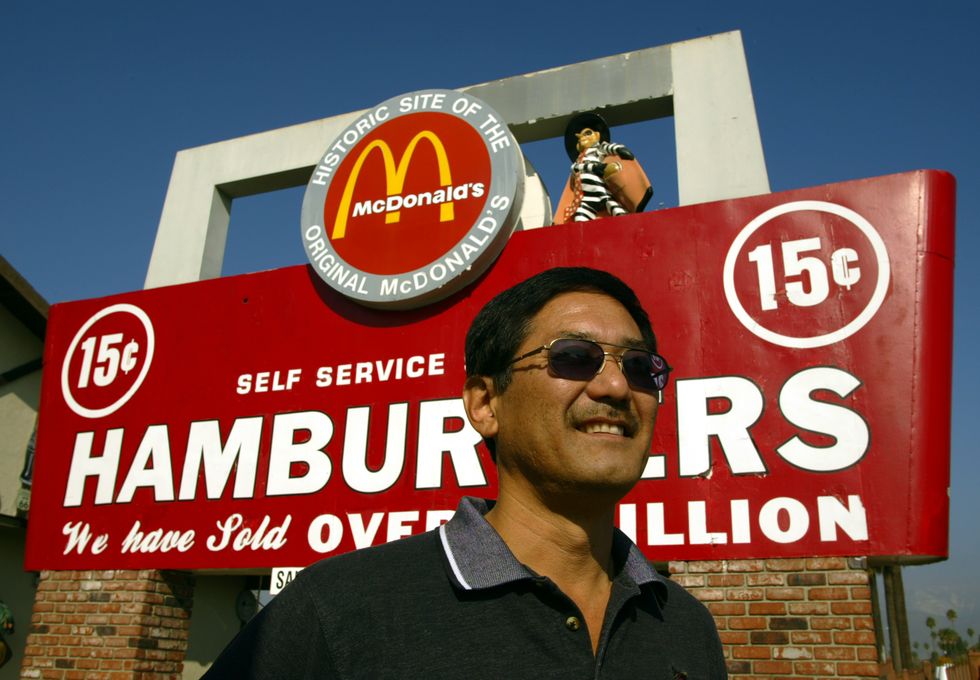
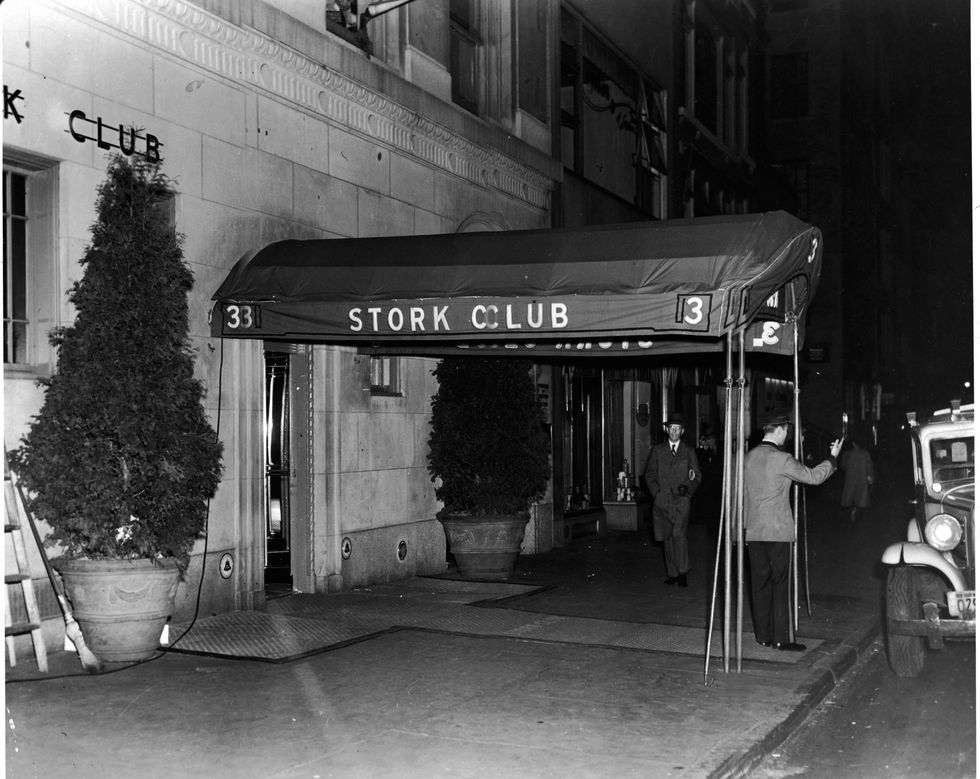
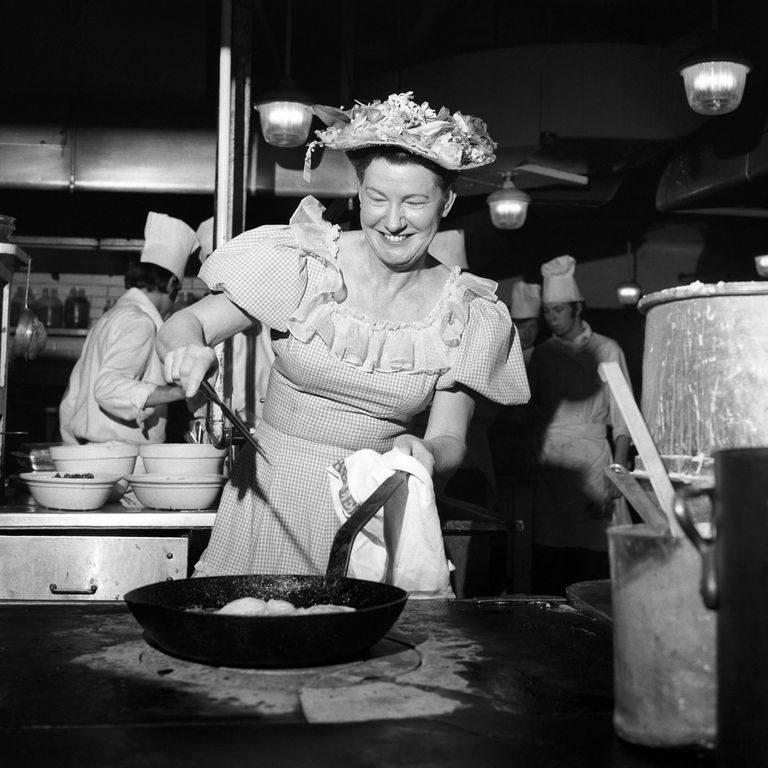


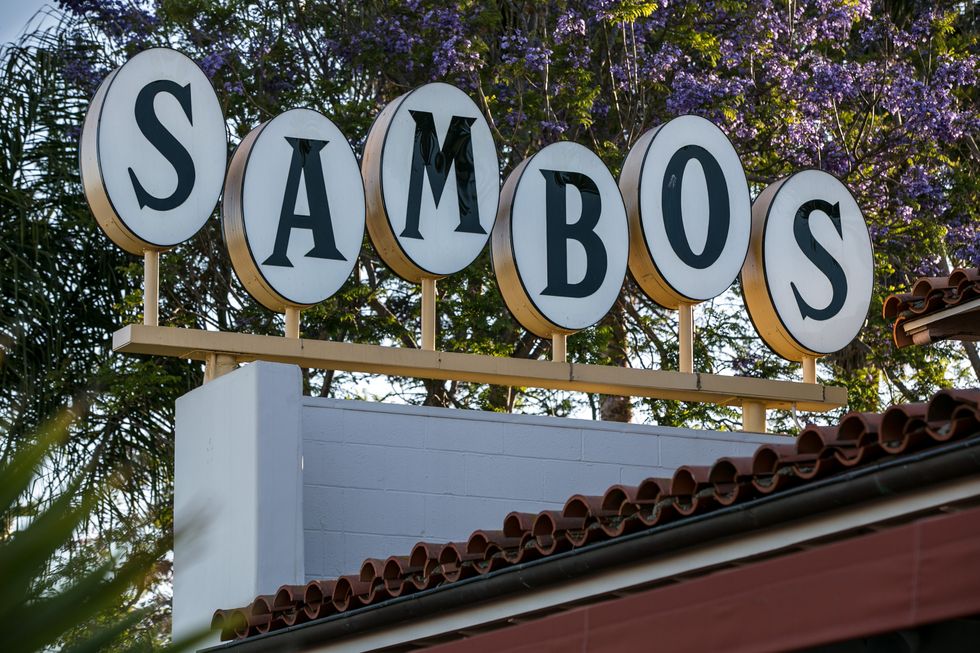
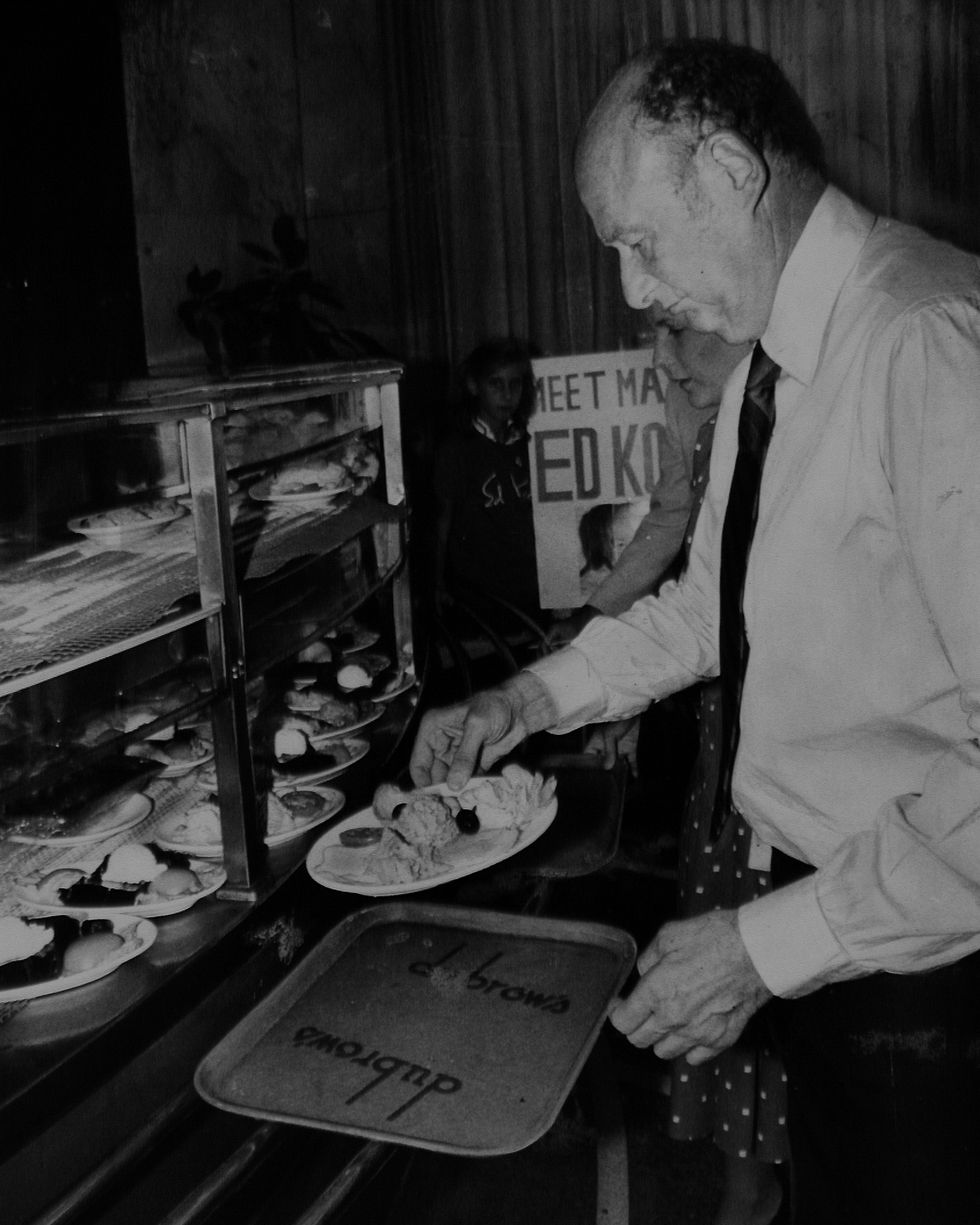
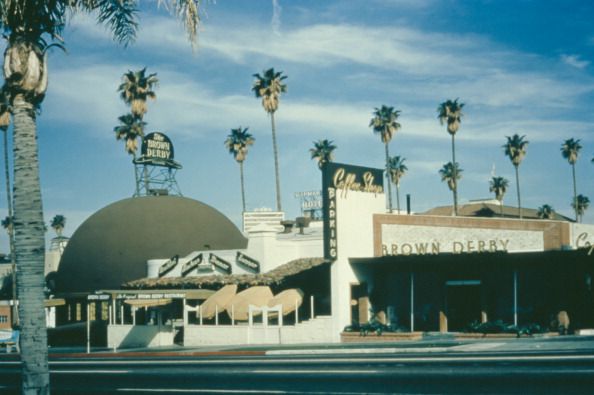

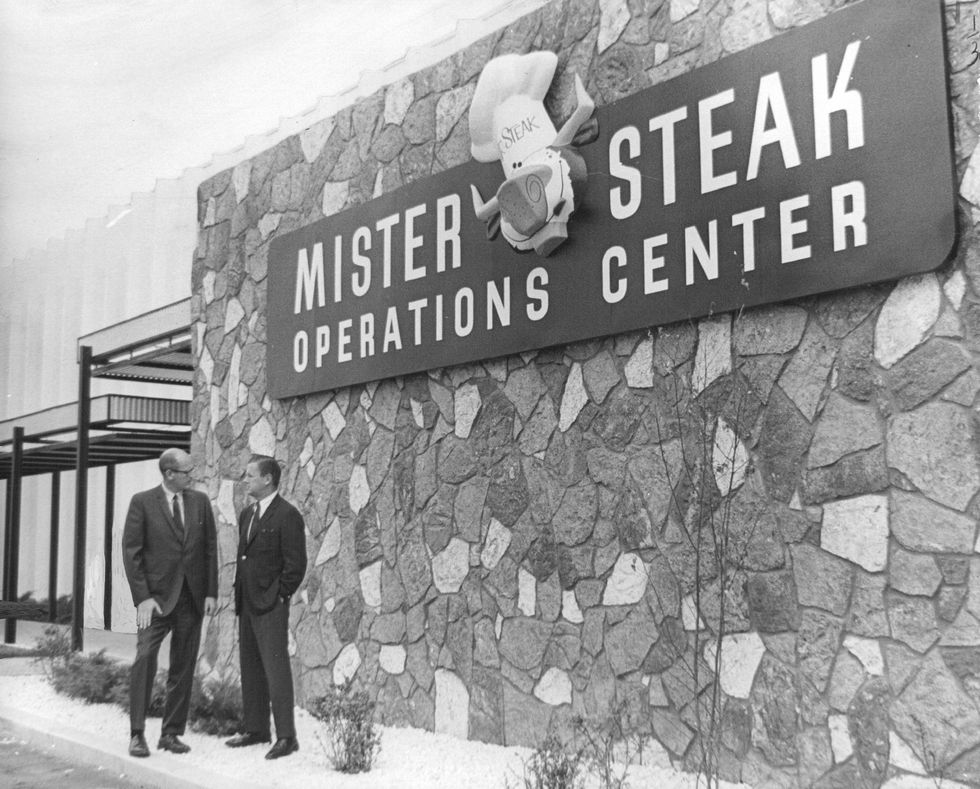

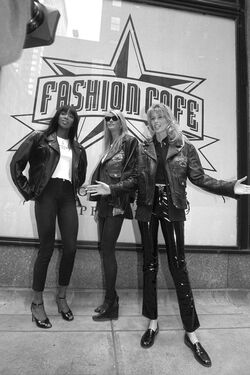

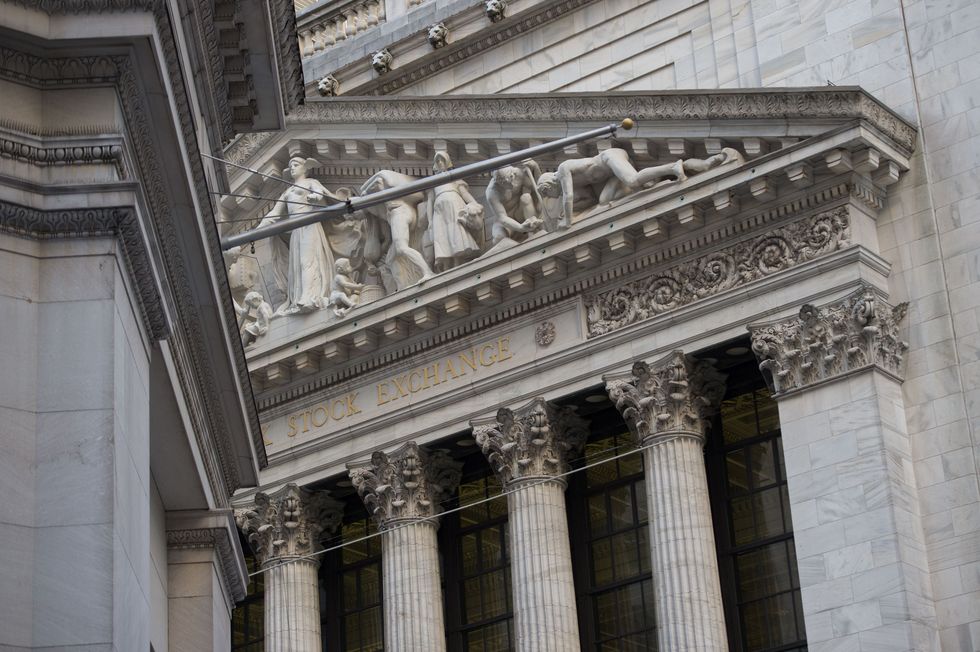
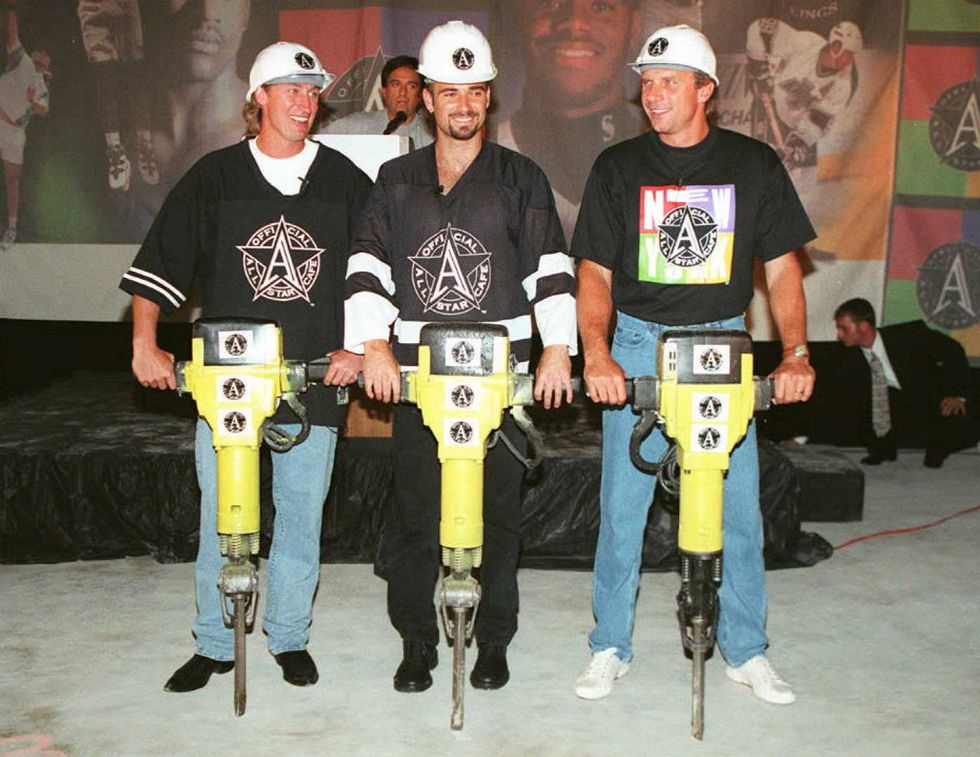
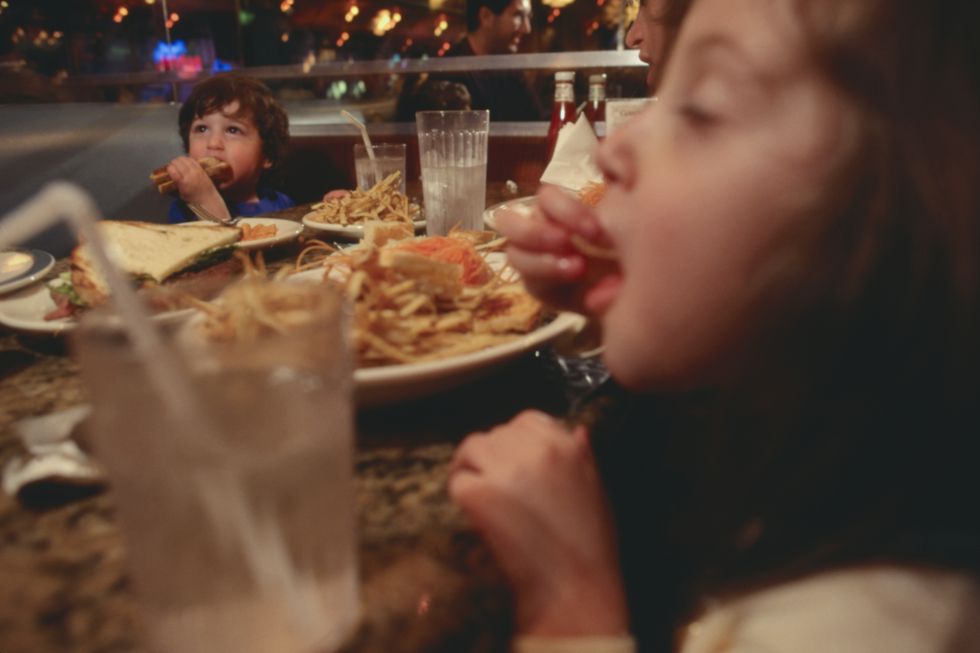
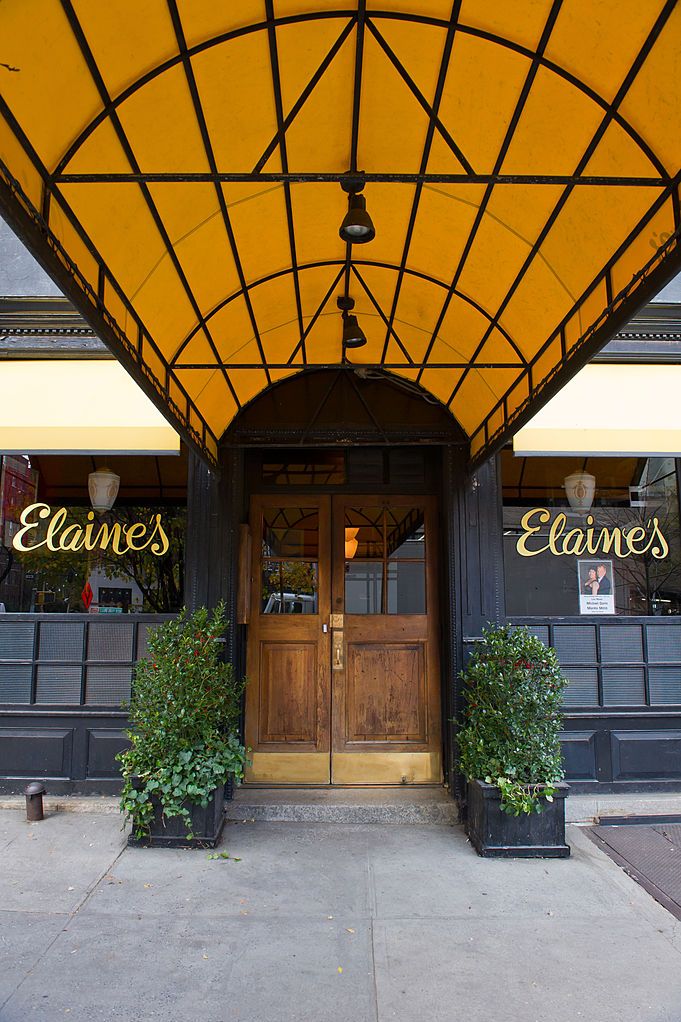

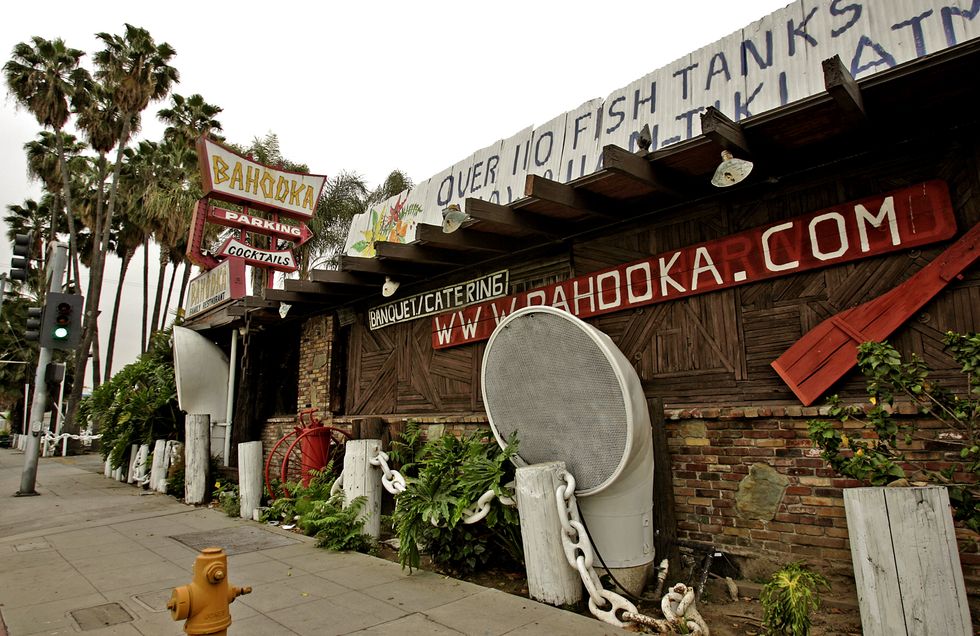
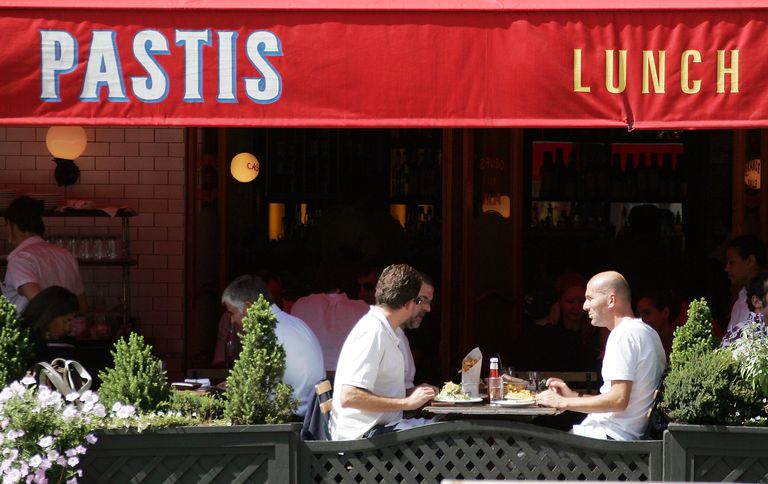
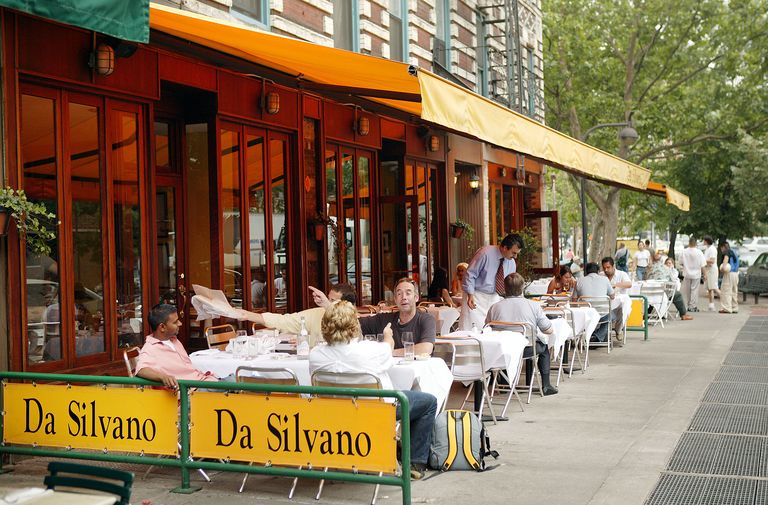
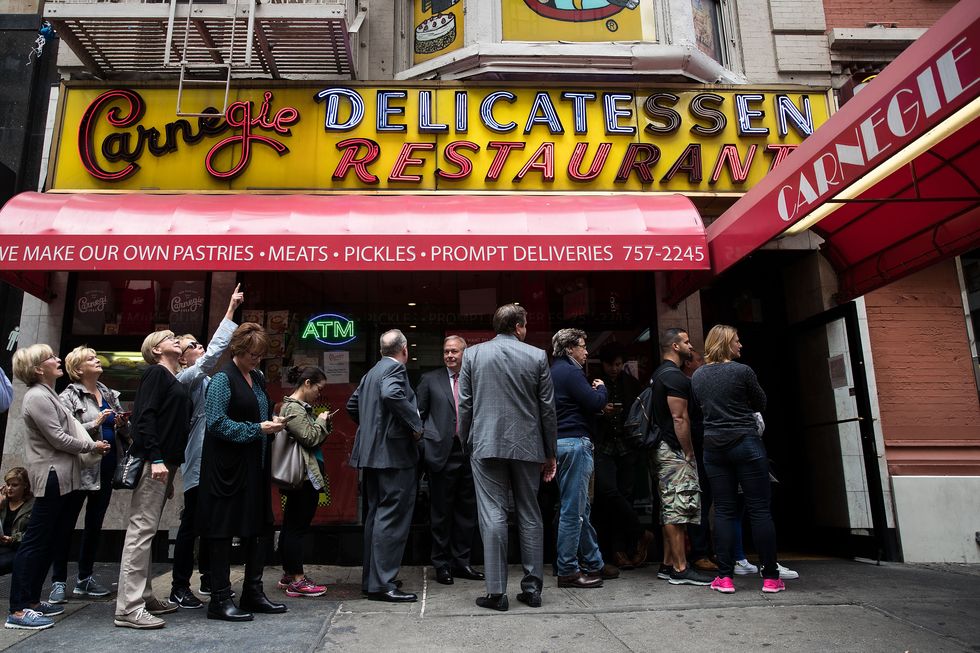
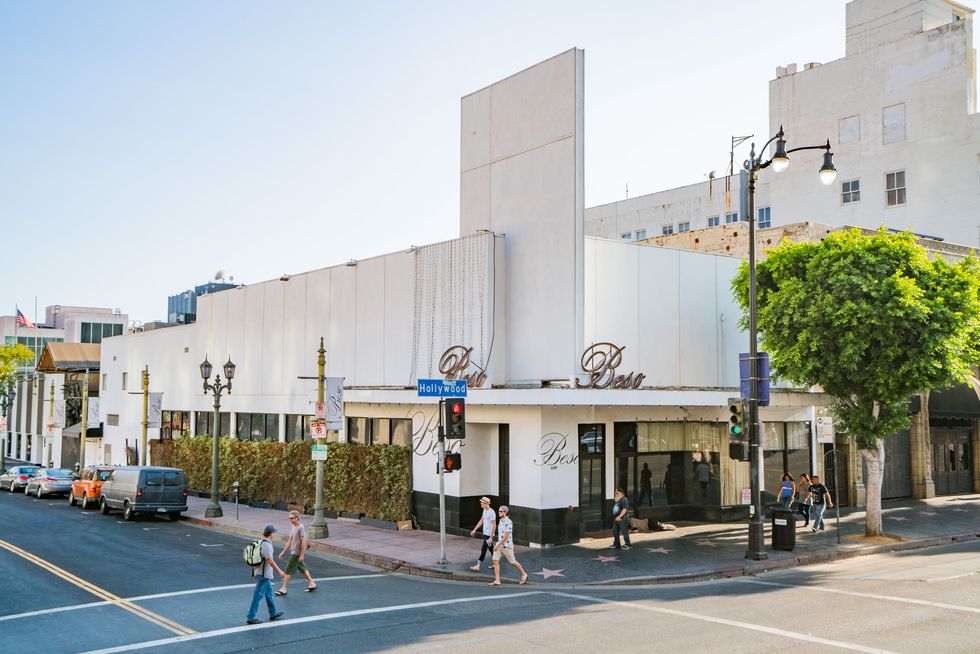


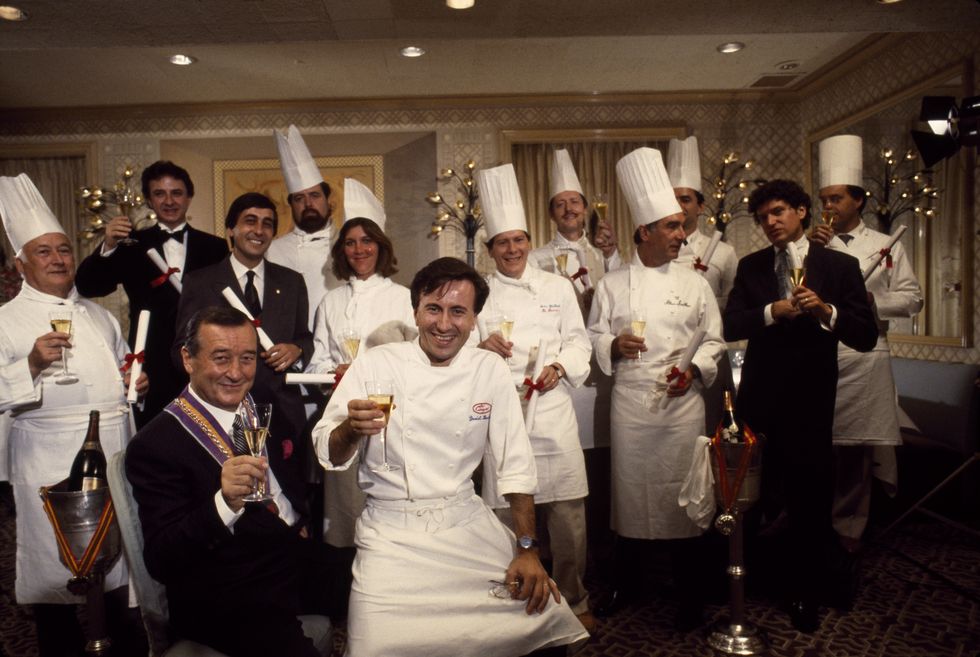

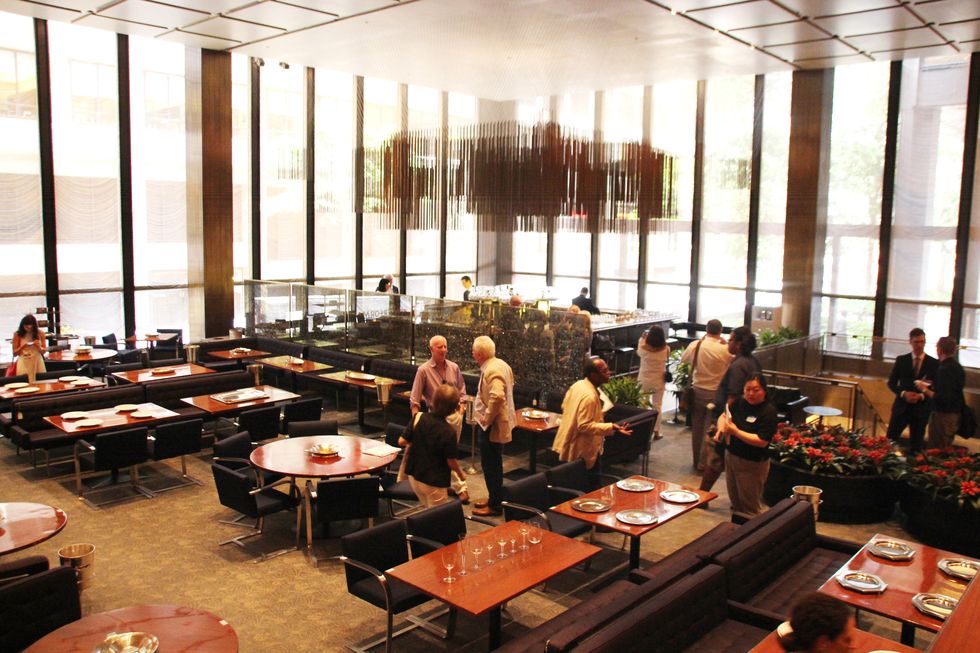
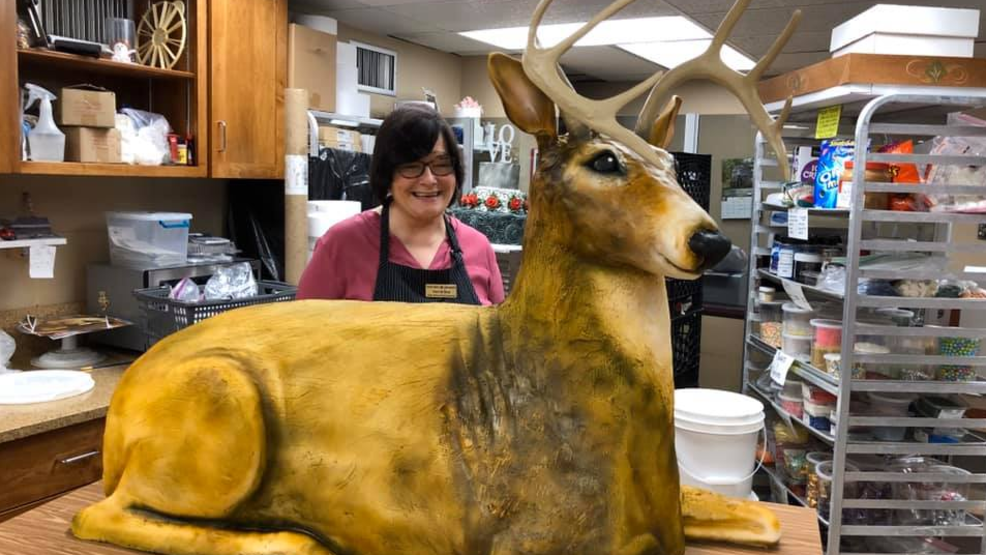
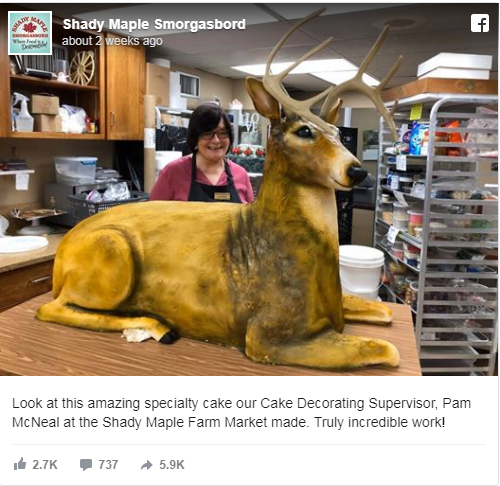
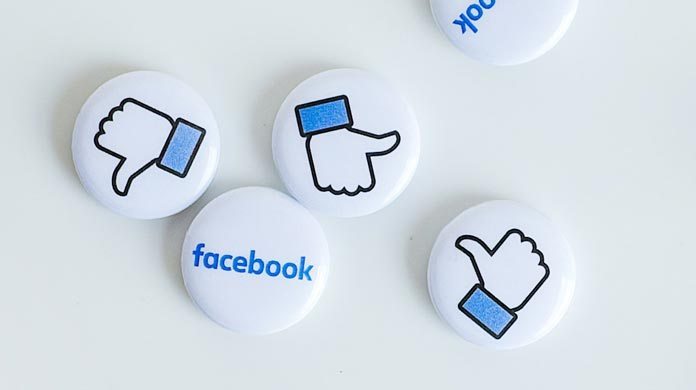
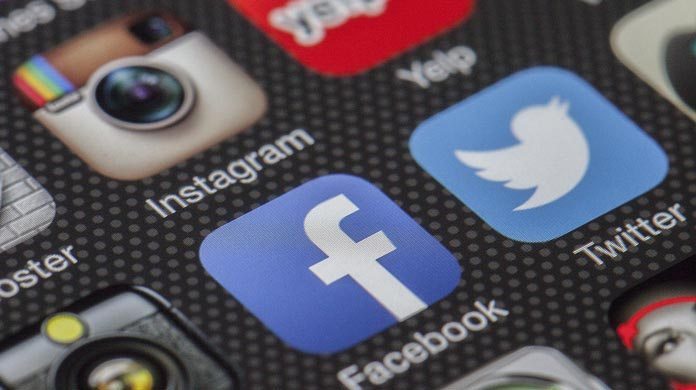
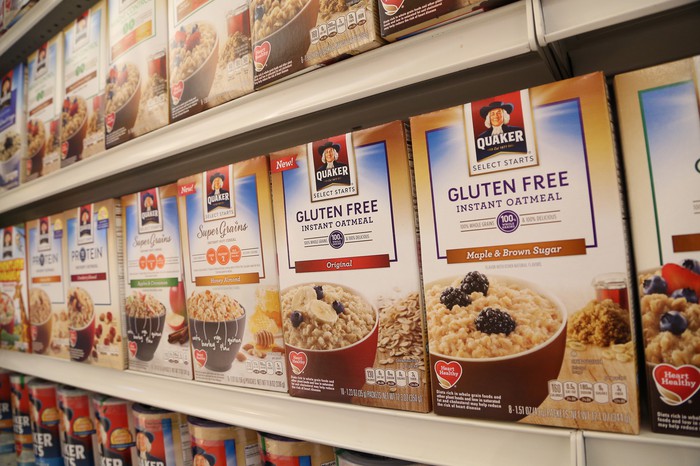
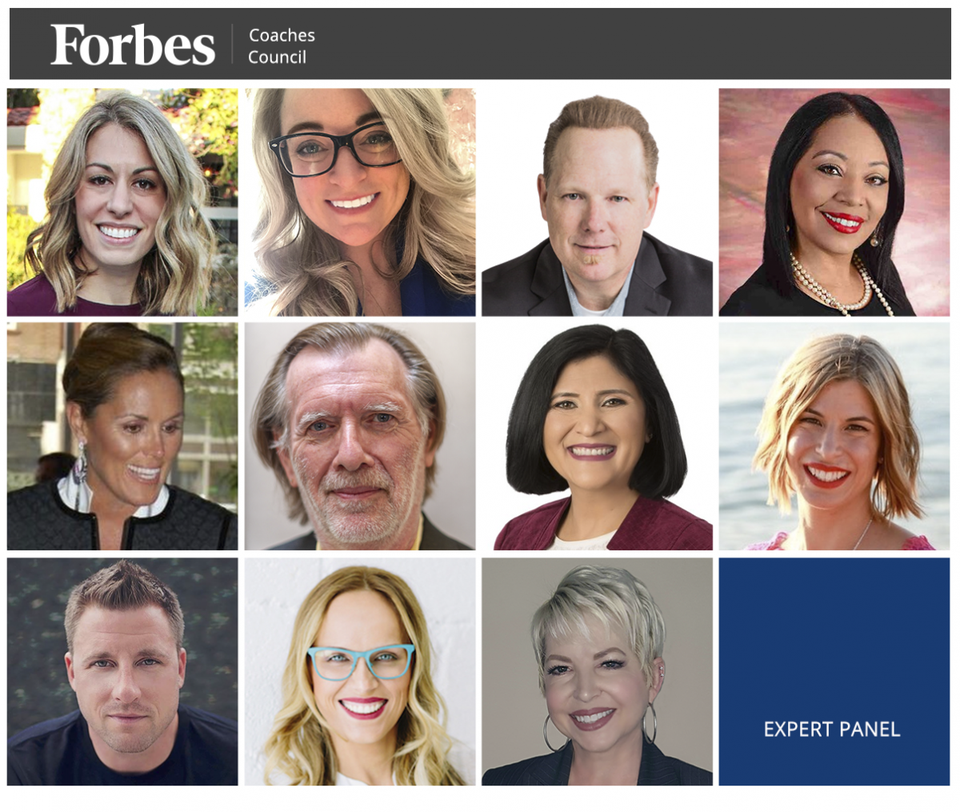
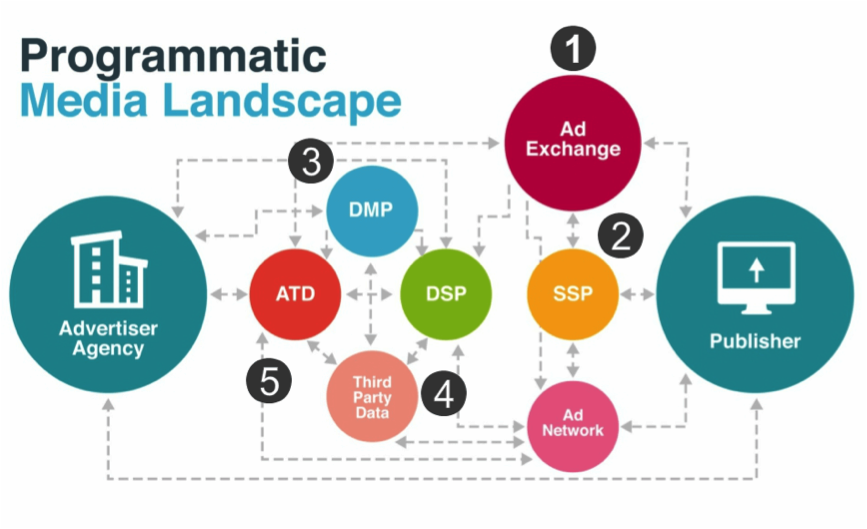


 RSS Feed
RSS Feed
